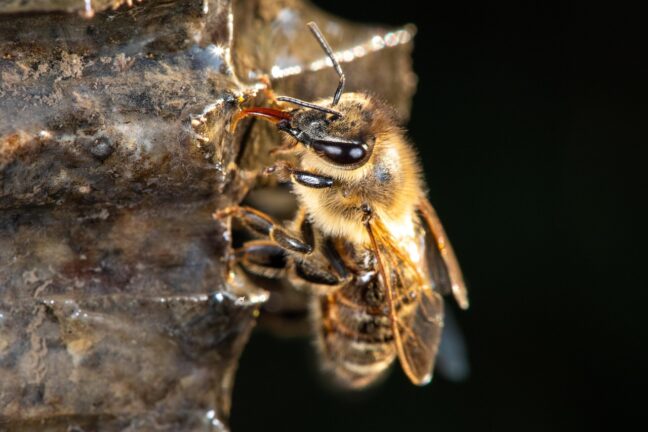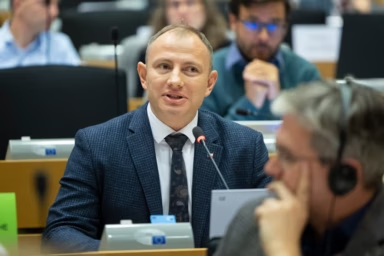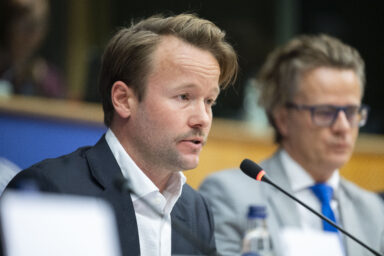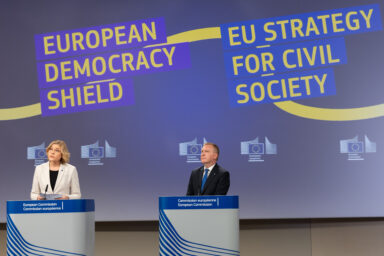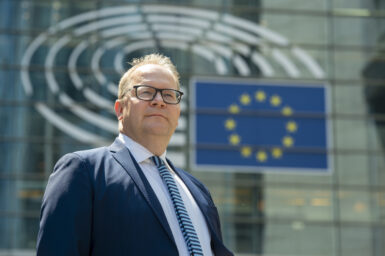Pollinators across Europe have been in decline for years, with nearly 40 per cent of hoverfly species, 20 per cent of butterfly species, and 9 per cent of bee species now at risk of extinction, according to the European Environment Agency. This trend poses a direct threat to biodiversity and the security of Europe’s food systems, as around 80 per cent of crop and wildflower species depend on animal pollination, the European Parliament has said.
The European Commission has faced growing pressure to act. On Thursday, 2 October, Parliament’s agriculture committee (AGRI) reviewed a draft proposal aimed at reversing pollinator loss, as part of broader reforms linked to the Nature Restoration Law and the updated EU Pollinators Initiative. The session was opened by AGRI chair Veronika Vrecionová (ECR/CZE), with Commission Director at DG Environment Humberto Delgado Rosa among the main speakers, alongside DG SANTE’s Klaus Berend and DG AGRI’s Ulferdus Gijsbertus Schilthuis.
Pollinators: A major economic engine
Mr Rosa described insect pollination as a vital ecosystem service, both easy to understand and impossible to ignore given its estimated value of between €5bn and €15bn per year. He warned that wild pollinators—including bees, butterflies, and hoverflies—have declined sharply. “One in three bee, butterfly, and hoverfly species are collapsing, with others on the verge of extinction. So it’s a major problem,” he said.
The EU had already previously reinforced the Pollinators Initiative in 2023 and included a binding target in the Nature Restoration Regulation to reverse pollinator decline by 2030.
The so-called New Deal for Pollinators sets out three main priorities: improving monitoring and data collection, restoring habitats, and boosting cooperation across sectors. It supports an EU-wide monitoring scheme, better mapping of pollinator hotspots, and measures to reduce pesticide risks. Alongside this, the Nature Restoration Law represents the EU’s first legally binding effort to make pollinator recovery mandatory, shifting from voluntary action to enforceable national commitments.
You might be interested
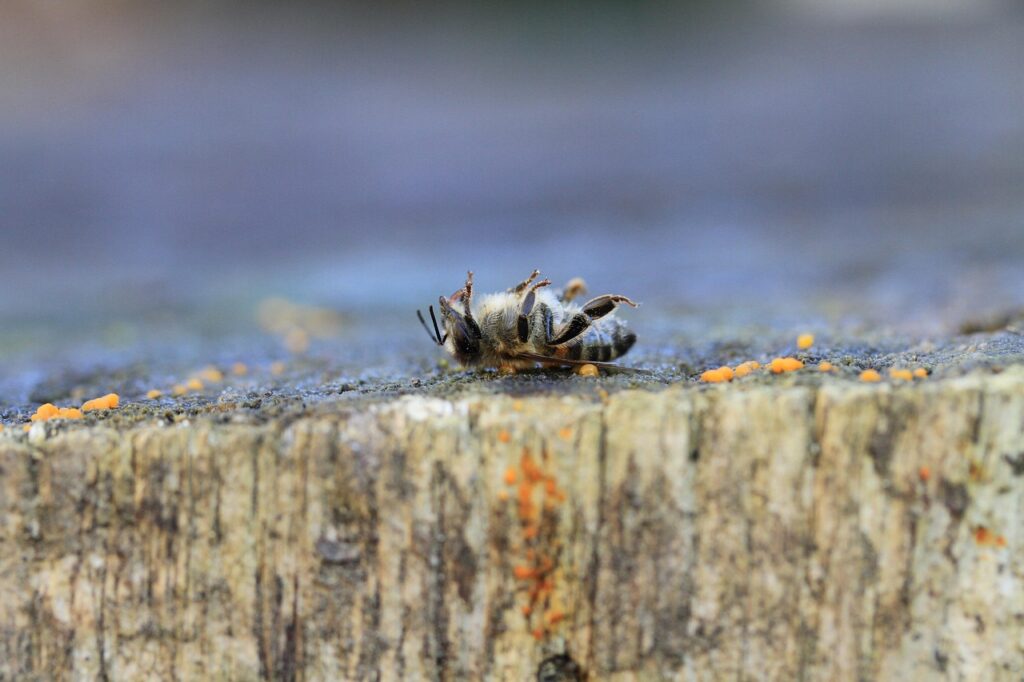
Sustainable agriculture in the next MFF
DG AGRI’s Ulferdus Gijsbertus Schilthuis outlined plans for the 2027 budget period, focused on supporting pollinator recovery. He said that the next Common Agricultural Policy (CAP) will continue to promote environmentally sustainable farming benefiting pollinators. Member states will have a broad range of options to design interventions, with biodiversity preservation—including habitat conservation, landscape features, and pesticide reduction—highlighted as a priority for support.
Mr Schilthuis also noted that incentives will largely take the form of voluntary commitments designed to attract farmers, continuing current strong support. New measures may include voluntary transition payments to encourage resilient farming practices, such as organic conversion.
Pushback
MEPs offered mixed reactions. Thomas Waitz (Greens/AUT), a professional beekeeper himself, he said, warned of the worsening difficulties faced due to climate change and pesticide use. In an emotional response, he said the problem needed far more holistic solutions, also to do with rotating crops and buffer zones and crop diversity to ensure that pollinators survived.
L.M. Flanagan (IND/IRE) criticised some of the plans as as apparent castles in the sky; while he didn’t use that exact terminology, he argued that without adequate funding, goals won’t be met. Referring to cuts in CAP funding, he said: “I heard about incentives and I heard about money. But I haven’t seen a lot of that (…) Unless you put funding into this area you are not going to get buy-in,” and he added, “How do we do this without finding resources? Then we get this shotgun to the head, essentially, with cuts in agriculture—down 22 per cent, down by 70 per cent since 1991. We can’t come in here and say farmers should do XYZ…”
Next steps
The draft proposals will be debated again in the coming days. Lawmakers face the challenge of balancing ambitious pollinator targets with the realities of funding and agricultural policy, all while responding to the urgent need to secure Europe’s food systems and biodiversity.
